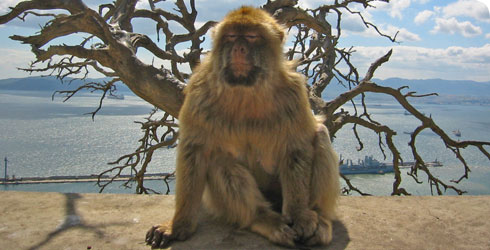Macaca sylvanus (Barbary macaque)
Barbary macaques, Macaca sylvanus, are large Old World monkeys found in mountainous regions of Algeria and Morocco and on Gibraltar.
The population of Barbary macaques is declining and they are becoming a threatened species. Numbers are falling because the Barbary macaques are losing their habitat to human activity such as logging and overgrazing.
Species detail
Barbary macaques are the only living macaque found outside Asia and the only African primate found north of the Sahara (other than humans).
-

Taxonomy
Learn about the appearance of Barbary macaques and the evolutionary history of the species, which dates back to Africa around 7 million years ago.
-

Distribution and habitat
Discover where in the world Barbary macaques can be found and learn about the type of habitat they live in.
-

Biology
Get information regarding the size and life expectancy of Barbary macaques.
-

Behaviour
Barbary macaques live in groups averaging 27 individuals and they have a diverse range of facial and visual expressions to help communicate with each other. Find out more about the behaviour of Macaca sylvanus.
-

Conservation
Discover why Macaca sylvanus is now a threatened species.
-

References
Get reference material for Macaca sylvanus.
Images
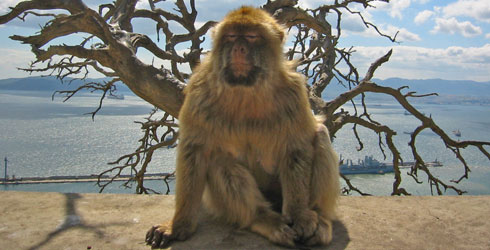
Barbary macaques are the only living macaque found outside Asia.
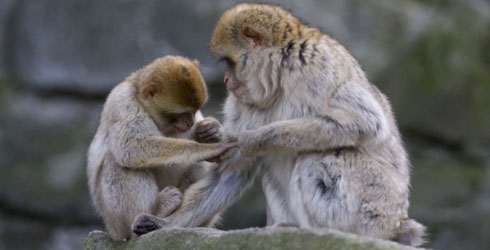
Morphological evidence suggests an early divergence of Macaca sylvanus from other extant macaques.

The Rock of Gibraltar - a large and long-established semi-wild colony of Barbary macaques is present on Gibraltar.
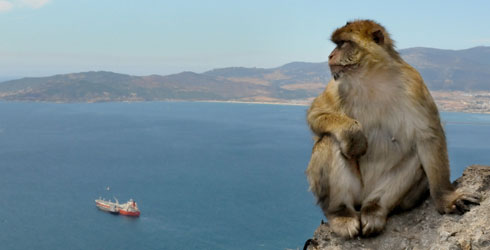
Barbary macaques can live for up to 30 years.

Data on the reproductive parameters of a semi free-ranging population of Barbary macaques revealed a strongly seasonal distribution of births, with birth taking place between mid-March and the beginning of August.

Barbary macaques have a diverse range facial and visual expressions for communicating.
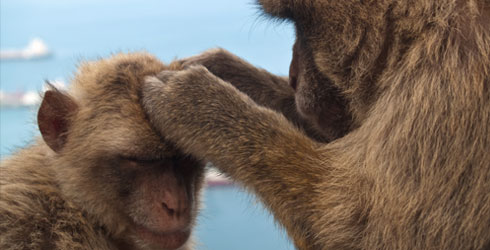
Barbary Macaques are a threatened species.
